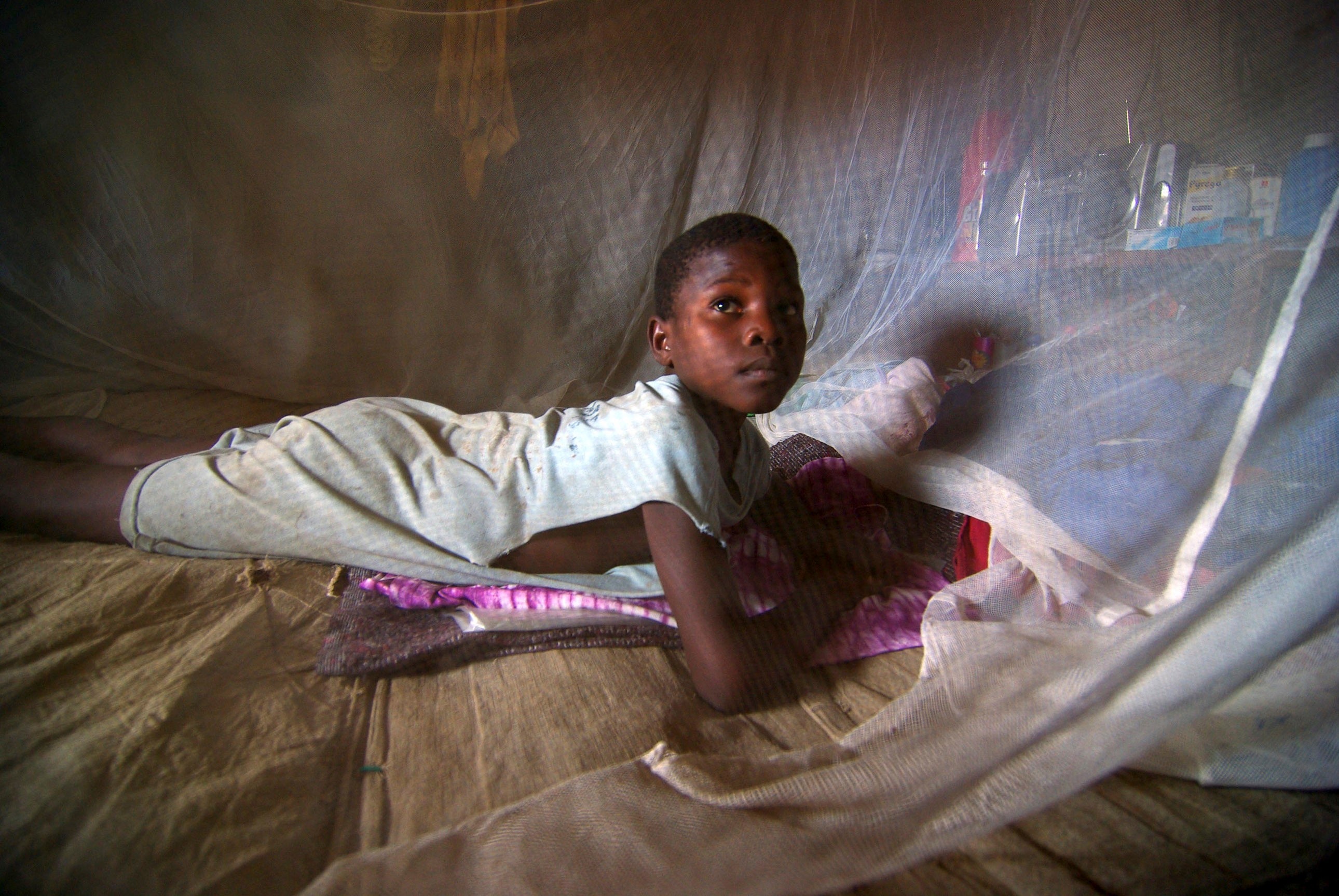The power of the 'double dividend' – advancing gender equality to fight malaria
A growing body of research indicates that adopting a gender lens may accelerate our progress toward ending malaria

Although the world has made historic progress against malaria – averting 1.7 billion malaria cases and saving an estimated 10.6 million lives since 2000 alone – the latest edition of the World Malaria Report highlights a worrying fact: progress against the disease has slowed. Since 2016, the number of annual global deaths from malaria has plateaued just above 550,000, with pandemic-related disruptions pushing the figure above 600,000 in 2020.
However, a growing body of evidence is illuminating a powerful potential pathway toward reinvigorating progress: a gendered approach to fighting malaria. Such an approach could provide what experts are calling a “double dividend” – helping accelerate our progress toward ending malaria while improving women’s health and empowerment through, for example, programs that increase female employment, income, and decision-making power.
A more gendered approach to fighting malaria is based on a few key understandings about malaria’s impact on women. While we know that malaria itself doesn’t discriminate between women and men, it occurs in a world that is deeply unequal. The gender-related barriers for women seeking to prevent, diagnose, or treat malaria in a timely manner – before it spreads and before it becomes more complicated to treat – are numerous. Research tells us that women in many geographies must seek permission from male relatives before obtaining medical care or before buying bed nets, and can’t allow men into their homes to conduct indoor residual spraying (IRS), which is considered a key anti-malaria tool.
Malaria also poses a unique threat to pregnant women. In 2019, for example, more than 11 million pregnant women were infected with malaria in sub-Saharan Africa. Those infections resulted in 10,000 maternal deaths, hundreds of thousands of cases of maternal illness such as anemia, and nearly 900,000 children born with low birthweight.
These same challenges present opportunities for accelerating our progress against malaria, by partnering with women as leaders in their households and in their communities.
For example, beginning in 2015, the U.S. government's President’s Malaria Initiative, the largest funder for IRS globally, increased the number of women hired to spray homes and roughly doubled the percentage of women supervisors in IRS programs across Benin, Ethiopia, Ghana, Mali, Madagascar, Mozambique, Rwanda, Senegal, Zambia, and Zimbabwe. As a result, the program reached roughly the same number of homes, but with one key difference: researchers found that “gender norms shifted toward more egalitarian views” in roughly half of the countries studied.
That’s not just good news for women and their families, that’s good news for our efforts to end malaria because there is growing evidence that broadly strengthening women’s empowerment can help women and their communities better detect, contain, and treat the disease.
A 2007 survey of Indian households found that ones where women had high levels of decision-making power were 16 times more likely to have used a bed net. A more recent study from 2014 using cross-country data from 90 malaria-endemic countries found that countries where women had legal rights to own agricultural land and property had a lower malaria burden. Similarly, a BRAC agricultural extension service program for women (which helped increase women’s standing and income) was correlated with an increase in the number of bed nets and a reduction in malaria prevalence. Lastly, new research in Malawi has found that one standard deviation increase in women’s bargaining power decreases the likelihood that a family member contracts malaria by 40 percent.
This research has prompted interest in the use of conditional cash transfers to mothers to both increase women's access to financial resources and encourage the uptake of bed nets and antenatal care (ANC) visits where antimalaria prophylaxis can be administered.
Researchers in Malawi estimate that a cash transfer of about US$30 per month, predicated on malaria prevention behaviors such as ANC visits, participating in IRS campaigns, and using bed nets, would help drive a 60 percent reduction in malaria transmission.
A report commissioned by the Bill & Melinda Gates Foundation released in 2021 calls for more research on these topics and recommends health leaders consider adopting a gender lens in designing and implementing their malaria programs. The report outlines a list of recommendations for how this can be achieved, including collecting sex-disaggregated malaria surveillance data; increasing the participation of women in vector control, gender-inclusive communications and messaging for malaria prevention and treatment; and strengthening collaboration between malaria control programs and maternal and child health systems.
“Gender-intentional and transformative approaches have the potential to unlock improved malaria outcomes and should therefore be of critical priority to future malaria prevention, treatment, and elimination efforts,” the report’s authors state. “Among the most compelling policy- and program-relevant implications of this research is the need for malaria programming to work hand-in-hand with both women’s economic empowerment initiatives and the maternal and child health sector to achieve high levels of adoption and use of preventive and treatment technologies.”
This builds on the Lancet’s 2019 gender equality and gender norms series in which Geeta Rao Gupta and her colleagues argued that gender is “everyone's problem but no one's responsibility … To achieve the health SDGs, the health sector needs to work collaboratively with other sectors that address the social determinants of health. The series shows that policies that increase gender equality in sectors outside of health (e.g., tuition-free education, paid maternity leave) improve health outcomes. Similarly, programs that address gender inequalities and norms are more likely to improve health outcomes when they engage multiple stakeholders from different sectors, use a diverse set of activities that reinforce each other, and engage affected communities.”
